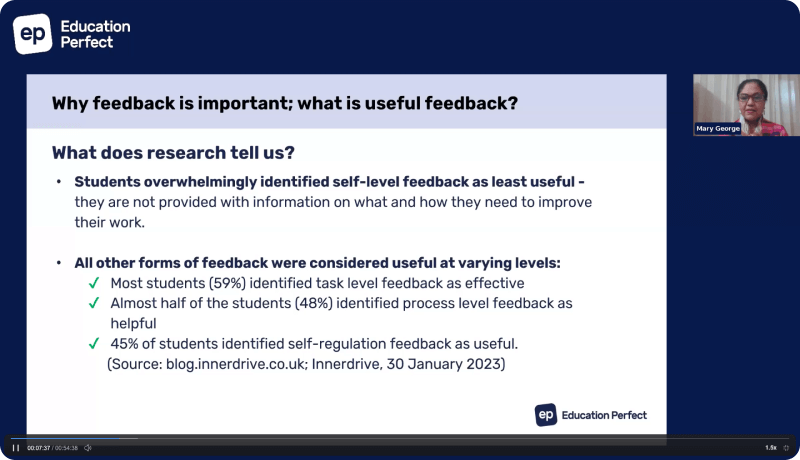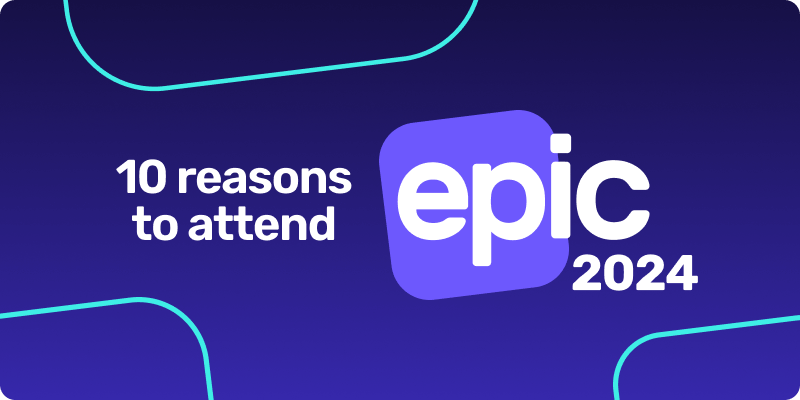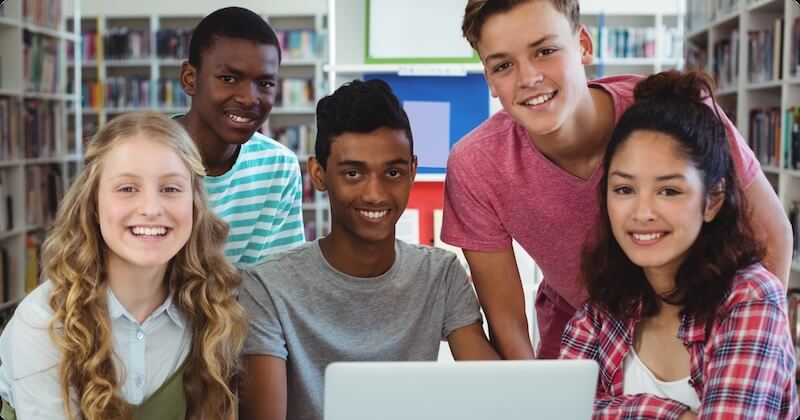Blended Learning: The best of both worlds.

When I first came across the term blended learning in an after-school staff meeting, I was initially a little nervous that this was yet another methodology that we were expected to incorporate into our teaching programmes. However, I was delighted when I discovered that it was a term to define the combining of technology and traditional teaching methods to bring together the best of both worlds.
In this article, I am going to explore some of my favourite models to support blended learning in the classroom.
Station Rotation Blended learning is where students are required to rotate through a number of different work stations in groups, where at least one of the stations is an online learning station. This can be a great option if you have limited access to devices. Even if students do have access to 1:1 devices, it is a great way to break up class time and ensure that your learners get to experience a wide variety of learning activities. The groups can either stay the same each time you run rotations, or they may change from lesson to lesson depending on student needs.
Rotation stations could include – but are certainly not limited to – a mixture of the following activities: a teacher station, an independent learning station, a collaborative learning station and a digital station.
The digital stations can be used for many different learning goals, for example it might be an individualised assignment through an online programme. If this is the case, ensure that the digital activity you select has content available for diverse ability levels and prioritises differentiated instruction. It may also include activities such as research, digital presentations, interactive activities or watching an online video or podcast about a topic and answering questions. The collaborative learning rotation station might include: group work with roles, hands on activities, projects, games, debates or discussion. The teacher station could be used for direct instruction, facilitated discussion, real time feedback, assessment or individual conferencing.
If you are thinking of implementing this model in your classroom, Caitlin Tucker provides some more tips here to ensure that it is successful.
Another strategy for implementing blended learning is Project-based blended learning. This requires students to use both online learning, face to face instruction and collaboration to research, design, and publish project-based learning assignments, products, and related materials.
The International Literacy Association suggests working with your class to brainstorm a project that will address a central question regarding an issue or problem that they are interested in or that relates to them specifically. Once a project is decided on, students are then able to work on one of the following ideas/products, however, the possibilities for project-based learning are endless! Both online and traditional research and production methods could be incorporated into the following projects:
- Writing letters
- Creating a collection—a museum or display
- Producing class books
- Conducting interviews
- Producing various media presentations—slideshows, video
- Writing articles for local papers or online school website
- Creating posters or brochures for local businesses or community organisations
- Writing procedural texts such as cookbooks or how-to guides
- Designing game boards
- Producing videos or plays
The flipped classroom: The flipped classroom model requires students to learn at home via online coursework and teachers use class time for teacher-guided practice, class activities and 1:1 conferencing. This model frees up class time for more interactive and practical activities and also for the teacher to work 1:1 alongside the students as a ‘guide on the side’. If you would like to do some more in-depth reading about the flipped classroom approach, I would encourage you to read this article, recently published by Kelly Hollis, our Global Head of Science at Education Perfect.
These are just a few of the models suggested for implementing Blended Learning. There are many other models out there designed for achieving different goals and purposes. For an overview of some more blended learning frameworks, check out Blended Learning Models.
I am sure that many people have very innovative ways of ‘’blending learning” in their classrooms. I would love to hear how you are doing this, whether it is something mentioned in this article or not. It would be great to hear from our community, so if there’s anything you’d like to contribute please feel very welcome to leave a comment.




